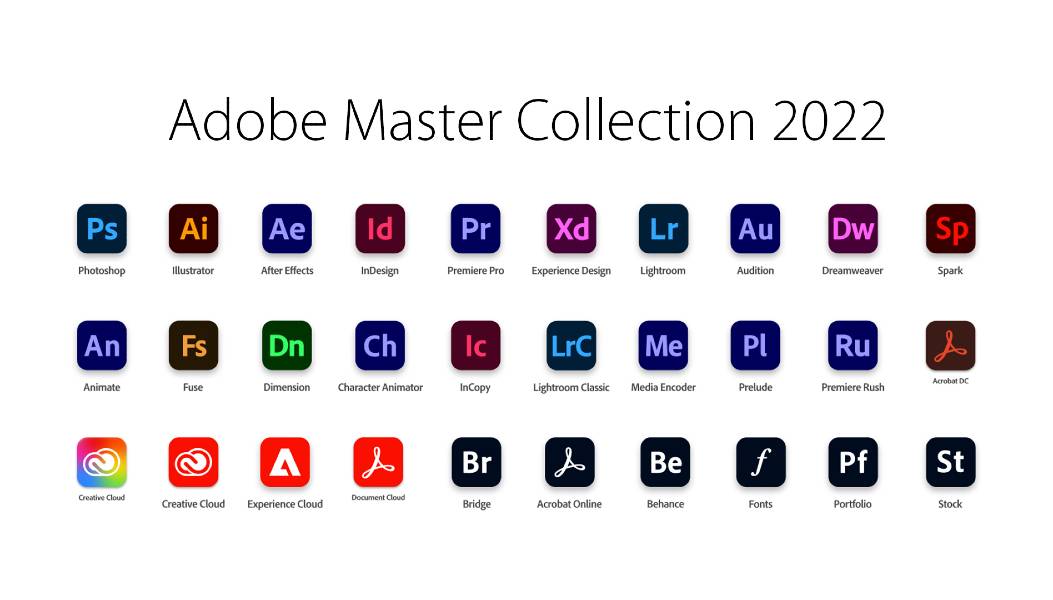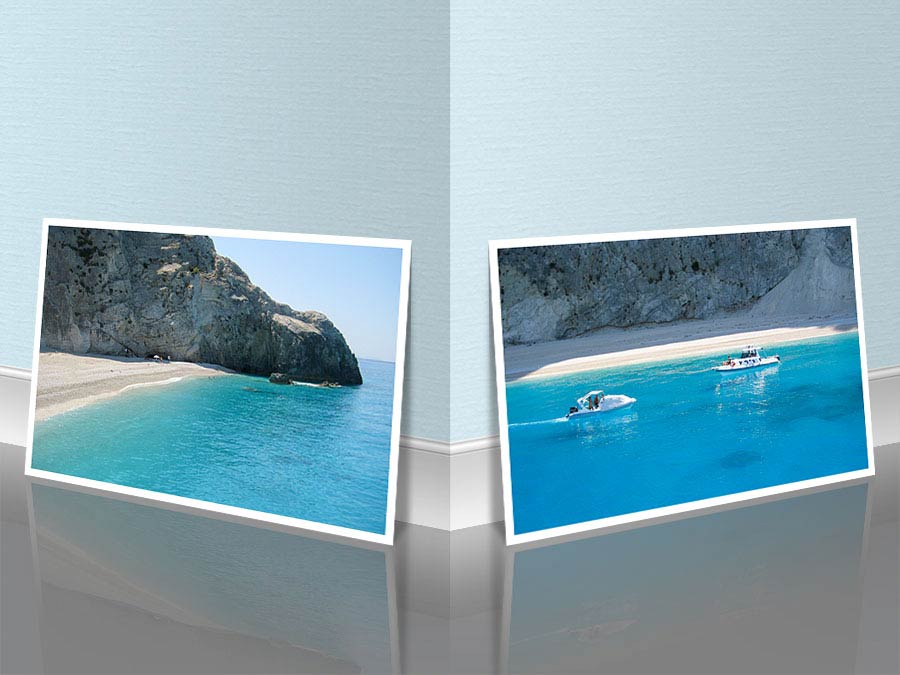
Dramatically excessive overkill in the editing department, but probably really fun too. Of course, there are also some people that just use Photoshop to make memes. They may not produce high-quality results that are ready for a coffee table book, but they’ve got an incredible amount of potential.


There are quite a few more, as well as a waitlist for additional filters that are currently in development. You can automatically colorize black and white photos, upscale photos without losing detail, or instantly harmonize the colors between two images to create a seamless composite.Ĭhange the time and season of a landscape by moving a few sliders Neural Filters allow you to perform extremely complex edits automatically, from basic skin smoothing to completely changing a person’s facial expression. If you’ve played around with the face swap apps and Snapchat filters that have been taking the smartphone world by storm in the last couple of years, you’ve probably got an idea of what’s possible. It’s not a brain-computer interface (one day, maybe) but rather some incredibly advanced automatic adjustments, powered by Adobe’s machine learning software. Most recent among Photoshop’s incredible features are so-called ‘Neural Filters’. You can create perfectly photorealistic digital art composites or manage a complete color correction workflow from a large-format digital camera all the way to fine art print in archival quality. There are excellent brush-based editing tools that can do anything you could ever want to a pixel, and probably a few things you never even knew were possible. Photoshop has become so jammed with features over the years that Adobe has actually begun to remove the video and 3D editing features, preferring to divide these features out into their own dedicated programs.Įven after taking a few out, there are still so many features that it would be impossible to do them all justice in a single post, but I’ll cover a few of the most important ones.

With that in mind, it’s even more surprising when you learn that most people using Photoshop only use a small fraction of the tools it includes. Many developers have released competitors aimed at dethroning Photoshop, and some of them are quite good – but if you look at the computers in the top advertising and design agencies around the world, they’re still going to be using Photoshop. That may sound extravagant, but it’s true. It’s the best image editor available for those who require the ultimate in image quality for print and screen alike. Adobe Photoshop is the industry-standard image editor used by professionals around the world.


 0 kommentar(er)
0 kommentar(er)
